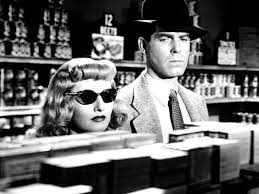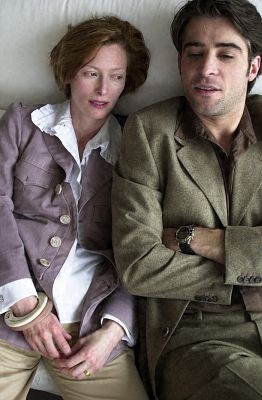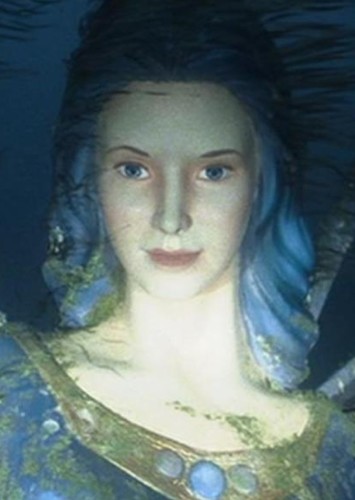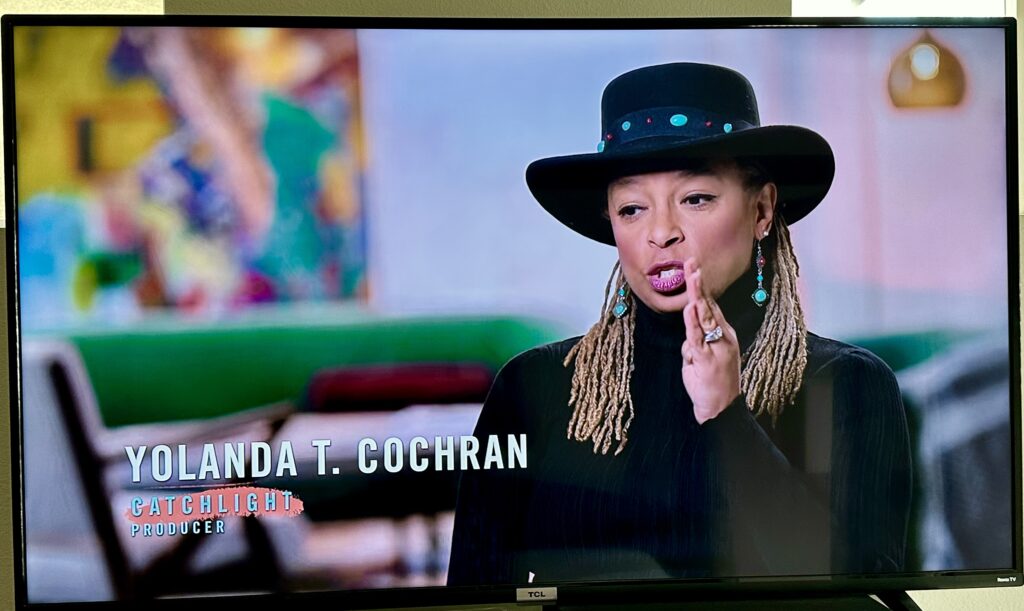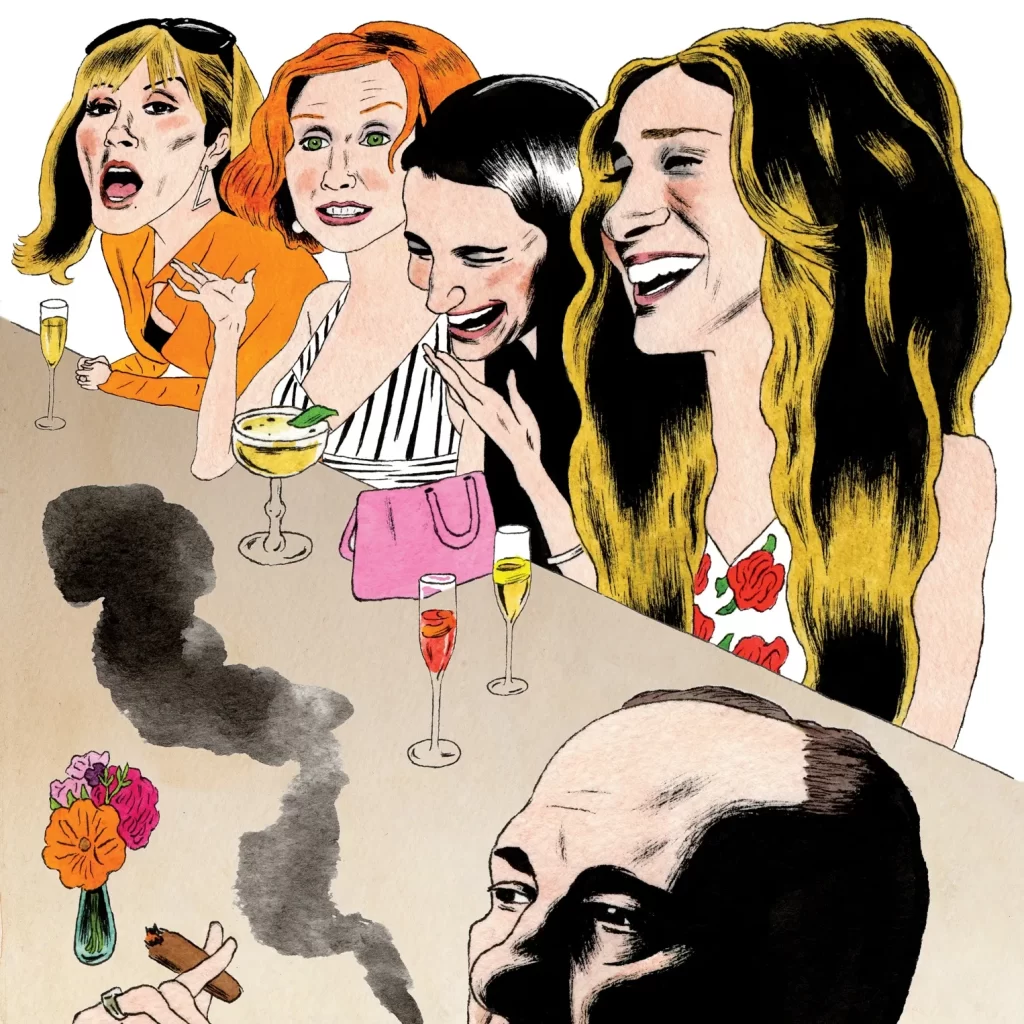by Katharine Elizabeth Monahan Huntley
Fascination with aliens—paranoia (overall story thematic counterpoint-threat) in progressive (overall story concern) times. Reaction to the unknown is the topic explored in the politically subversive, amazingly stellar, animated feature, The Iron Giant. Inspired by Ted Hughes, written for the screen by Tim McCanlies and directed by Brad Bird, The Iron Giant is a “top notch” children’s story for adults and a Dramatica grand argument story relevant far beyond its retro time period—the 1950’s Cold War (overall story domain-universe).
“Hogarth Hughes. Ready for action” (main character approach-doer) is an imaginative boy with a sense of adventure (main character domain-physics) that, more often than not, lands him in hot water. Collecting strays (main character signpost 1-obtaining) he finds on outings is a source of affectionate exasperation for his single working mother. When Hogarth saves the metal man (impact character) who fell to earth (story driver-action)—the nine-year-old is wise (main character thematic counterpoint) enough to know this is one innocent creature that should not follow him home. The “strange invader,” however, is determined to attach himself to Hogarth (main vs. impact character story domain-mind).
Hogarth: Stay. . . . I mean it!
One train wreck later (overall story problem-effect) convinces Hogarth the robot with regenerative powers needs a hideout, before he is found out. And the town “wigs out.” The local scrap yard, run by resident beatnik Dean, is just the place. Dean introduces Hogarth to espresso and philosophy. Hogarth introduces the “Frankenbot with out-of-state plates” to the stunned sculptor: “Dean stares at Hogarth in expressionless shock.”
Hogarth: He needs food. And shelter. . . . He can stay?!
Dean: Tonight. Tomorrow, I don’t know . . .
Complications arise with the arrival of an officious government agent, on the scene in the interest of national security (overall story thematic issue).

Kent: Kent Mansly. United States Government. Unexplained Phenomena Department.
It is not too long before Mansly takes a room at the Hughes’ and zeroes in on Hogarth (main character critical flaw-security):
Kent: Hey, mind if I ask you a few questions . . . Buckaroo? Now why would you tell your mom about a giant robot, Slugger? . . . How big is this thing, Ranger? . . . . You know, Hogarth, we live in a strange and wondrous time. The atomic age. But, there’s dark side to progress (overall story concern).
Hogarth gives Mansly the slip and bikes over to Dean’s. Momentarily casting worries (main vs. impact character story thematic counterpoint) aside, Hogarth plays (main character concern; overall story dividend-doing) with the Iron Giant—the “greatest thing since television.” He teaches the “robotron” the difference between heroic Superman and villainous Atomo and solemnly explains issues of life and death:
Hogarth: Things die. It’s part of life. It’s bad to kill, but it’s not bad to die.
Giant: You die?
Hogarth: Well, yes. Someday.
Giant: I die?
Hogarth: I don’t know. You’re made of metal. But you have feelings. And you think (impact character thematic issue-thought) about things, and that means you have a soul. And souls don’t die. . . . Mom says it’s something inside—all good things. And that it goes on forever and ever (main character solution-unending).
Hogarth returns home. His mother is working the late shift and Mansly is in full G-man mode. Mansly confronts Hogarth with factual (overall story catalyst) evidence of the Giant and announces the Army will arrive in the A.M.
Hogarth and Dean manage to circumvent the military operation—but an incident far more disturbing occurs. They discover the Iron Giant’s capacity (main vs. impact character story inhibitor-ability) to effect (impact character problem) annihilation:
Hogarth: It was an accident. He’s our friend!
Dean: He’s a piece of hardware, Hogarth. Why do you think the Army was here? He’s a weapon. A big gun that walks!
The Iron Giant is ashamed and clanks off—only to be spotted by the retreating Army. Meanwhile, Dean determines the cause (impact character solution) of the Giant’s transformation (impact character benchmark-becoming) is direct threat (overall story thematic counterpoint) and that he is only reacting defensively. Dean attempts to intervene before the Army can destroy the Iron Giant—but Mansly exacerbates the situation. An all out attack turns the Iron Giant into a killing machine—until Hogarth stops (main character growth) him:
Hogarth: You don’t have to be a gun. You are what you choose to be. You choose.
At this time, Mansly, insane with power, orders the missile launch that will destroy the Iron Giant—and take out the United States. Once the Iron Giant comprehends an atomic holocaust is at stake (limit-optionlock)—he heroically jets to the sky with his afterburners supercharged—Superman (impact character resolve-change) saving the world at the cost (being) of his own life: “The ROAR of his engines fades into silence as a look of peace falls over his iron face. . . . The blackness of the night sky goes brilliant WHITE.”
What is recovered is delivered to Hogarth. An iron part that will surely find its way back to the Iron Giant:
INT. HOGARTH’S ROOM-NIGHT
Hogarth is awakened by a RATTLING SOUND. He looks to see the scorched PIECE OF IRON on his dresser as it drops to the floor and starts moving toward his window. Hogarth BEAMS . . . and opens the window to release it (main character resolve-steadfast). MUSIC SOARS as the boy watches the piece of metal GO, his mind swimming with new possibilities (main character judgment-good).
“Question authority.” “Trust No One.” From The Iron Giant producer Pete Townshend’s time to the new millennium, a child who understands television is good and the government is suspect is a wise (main character unique ability) one indeed. Hogarth represents a new era of enlightenment (main character thematic issue), and the Iron Giant statue erected in the (Norman) Rockwell town square serves as an indicator of progress (overall story goal; outcome-success) towards intelligent life on earth.
Quotations are transcribed directly from the film and/or The Iron Giant screenplay by Tim McCanlies and Brad Bird; July 11, 1997 Draft by Brent Forrester and Brad Bird; Screen Story by Brad Bird



